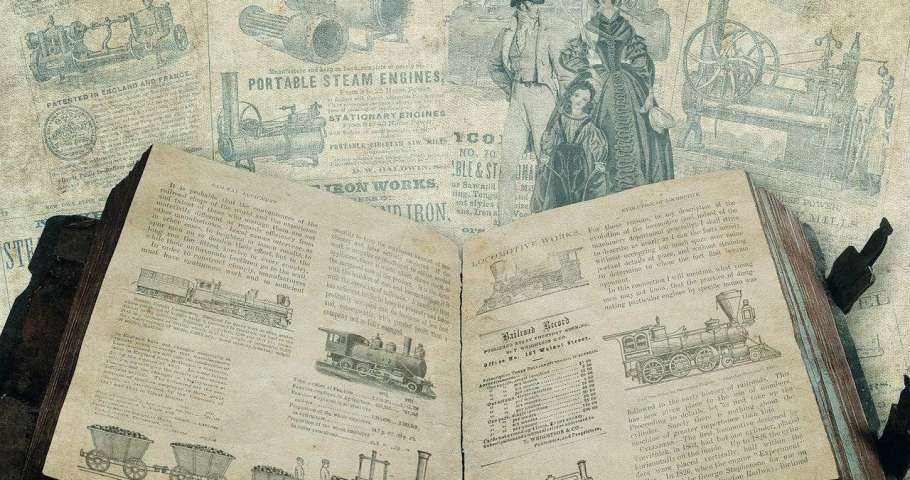“Patent News Bulletin: Indian Patent Statistics, Indian Industrial Design Statistics, Interesting Inventions, Highlights of the 12th Edition of the Global Innovation Index 2019, Delhi High Court grants interim relief to Natco Pharma Ltd; Vodafone joins LTE patent pool of Via Licensing Corporation; KIPO observes filings of 16,991 PCT Applications, in 2018, China launches the establishment of a National Centre that offers guidance on IP related disputes and other news updates”, presented to you by the Patent attorneys and experts of…




